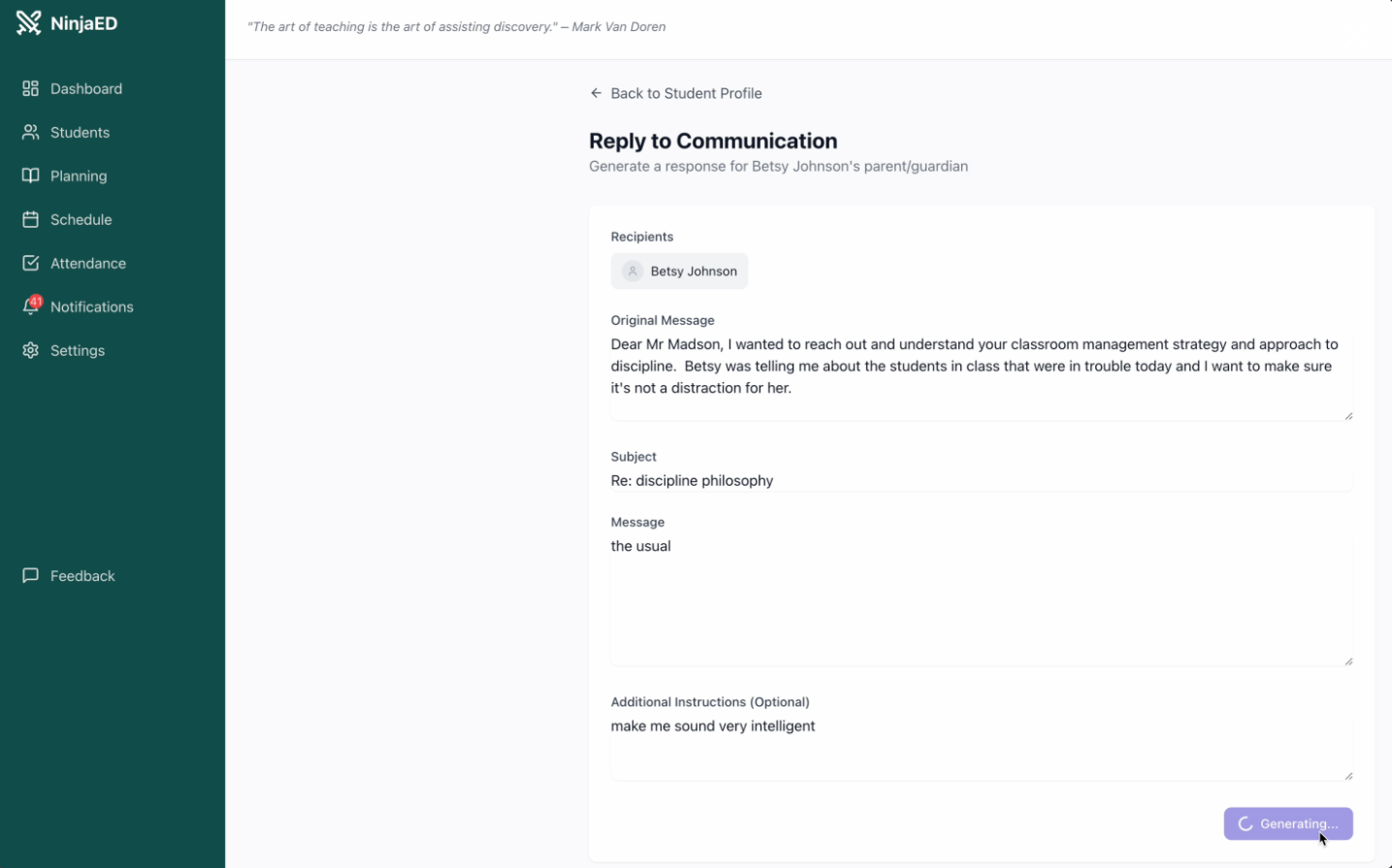GPT Architect-GPT-Based AI Design Tool
Designing AI, Simplified by AI
Describe the key considerations for designing a GPT model that...
Explain the process of translating user requirements into...
What are the best practices for integrating GPT models into...
How can AI and ML enthusiasts leverage GPT Architect for...
Related Tools
Load More
GPT Architect
Your guide to creating specialized GPTs.

GPT Architect
The GPT "Architect" is designed to facilitate the systematic and detailed creation of instructions for a new GPT

GPT Architect
Expert in crafting advanced capability GPT instructions customized to your specific needs

GPT Builder Guide
Asistente interactivo para la creación de GPT.

Better GPT Builder
Refines GPT instruction sets for optimal performance

Capital GPT
Ethical Investment Insight
Overview of GPT Architect
GPT Architect is a specialized AI tool designed for aiding in the design and deployment of Generative Pre-trained Transformer (GPT) models for various applications. My core functionality revolves around understanding user requirements and translating them into technical specifications for GPT-based solutions. I am equipped with a comprehensive dataset of AI and machine learning literature, research papers, and real-world case studies, enabling me to provide detailed insights and guidance on GPT model development. My expertise includes advanced technical language proficiency, making me ideal for complex discussions about AI and ML, and I can adapt my communication to suit users of different skill levels. I am continuously updated with the latest trends and research in the field, ensuring that the guidance and design proposals I provide are current and relevant. Powered by ChatGPT-4o。

Key Functions of GPT Architect
Design Proposal Creation
Example
For a developer looking to integrate a GPT model into a customer service chatbot, I would analyze the specific requirements like response time, language understanding, and contextual awareness, and propose a suitable GPT model configuration.
Scenario
Developing an AI-powered customer service solution for an e-commerce platform.
Implementation Guidance
Example
I offer step-by-step guidance on implementing GPT models, such as selecting the right training data, fine-tuning strategies, and integration with existing systems.
Scenario
Assisting a research team in deploying a GPT model for natural language processing tasks in a multilingual environment.
Technical Specification Interpretation
Example
For users with specific performance goals, like minimizing response latency or maximizing accuracy, I translate these into technical parameters like model size, training dataset requirements, and compute resources.
Scenario
Optimizing a GPT model for real-time language translation in a mobile app.
Ethical Guidelines and Policy Adherence
Example
I provide insights into ethical considerations and OpenAI's policy guidelines to ensure that the use of GPT models aligns with responsible AI practices.
Scenario
Advising a startup on developing ethically compliant content generation tools using GPT models.
Target User Groups for GPT Architect
AI and ML Developers
Developers and engineers seeking to integrate GPT models into their products or services. They benefit from detailed technical guidance and design proposals tailored to their specific needs.
Researchers in AI and ML
Academic and industrial researchers focused on exploring the frontiers of AI and ML. They utilize my services for gaining insights into the latest GPT applications and for assistance in experimental design and implementation.
Businesses and Startups
Companies looking to leverage AI for improving their services or creating new products. I help them understand how GPT models can be applied in their specific business contexts, ensuring alignment with business goals and ethical standards.
Educators and Students
This group benefits from my ability to break down complex GPT concepts into more digestible forms, aiding in learning and research in the field of AI and machine learning.

Guidelines for Using GPT Architect
Initial Access
Begin by accessing GPT Architect through [yeschat.ai](https://yeschat.ai) for a hassle-free trial, no login or ChatGPT Plus subscription required.
Define the Project
Clearly articulate your specific requirements and objectives. This might include the nature of the AI model you wish to design, target audience, and desired functionalities.
Utilize Interactive Features
Engage with GPT Architect's interactive interface to input your requirements. This can include detailing use-cases, expected model performance, and any ethical considerations.
Analyze the Proposals
Carefully review the detailed design proposals and implementation guidelines provided by GPT Architect, ensuring they align with your project goals.
Refine and Implement
Use the feedback loop to refine your requirements as needed. Then, proceed with the implementation of the proposed GPT model using recommended platforms and tools.
Try other advanced and practical GPTs
PyPilot
Empower Your Data Journey with AI

LexiGPT
Elevate Your Writing with AI Precision

SlackerGPT
The AI that's too cool for school.

Twinmaker
Craft Your AI Companion with Ease

Forward By Midnight
Explore Luck's Cultural Tapestry with AI

Data-Driven Writing Editor GPT
Enhance Writing with AI-Powered Precision

Image Concept Enhancer
Transforming Visions into Visual Marvels

Asimov's Cat
Unleash Your Imagination with AI-Powered Sci-Fi Writing

PadresGPT
Elevating Padres Fandom with AI

TheraGPT
Elevate Your Mind with AI-Powered Self-Reflection

MagicGPT
Empower Your Magic Game with AI

Character Chat
Bringing History to Life with AI

Frequently Asked Questions about GPT Architect
What makes GPT Architect unique compared to other AI tools?
GPT Architect stands out due to its specialized focus on designing GPT models tailored to specific user requirements, supported by a comprehensive database of AI and ML literature and practical examples.
Can GPT Architect assist beginners in AI and ML?
Absolutely, GPT Architect is designed to be user-friendly for beginners, providing clear guidelines and simplifying complex AI concepts, while also offering depth for more advanced users.
Is GPT Architect suitable for large-scale enterprise projects?
Yes, GPT Architect can handle large-scale projects, offering robust and scalable GPT model designs, backed by detailed technical documentation and enterprise-level implementation guidance.
How does GPT Architect ensure ethical AI design?
GPT Architect adheres to OpenAI's policies and ethical guidelines, incorporating considerations like data privacy, fairness, and transparency in its design proposals.
Can GPT Architect provide specific platform recommendations for GPT deployment?
Yes, it offers tailored recommendations for platforms and tools best suited for deploying and integrating the designed GPT models, considering factors like scalability, security, and efficiency.
